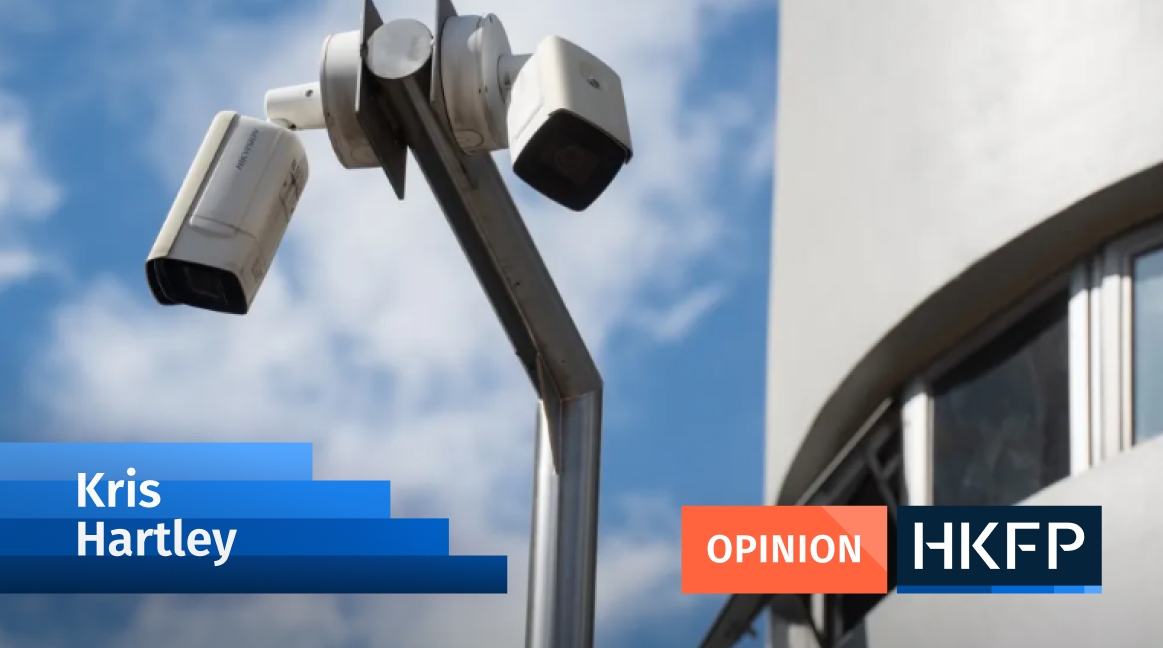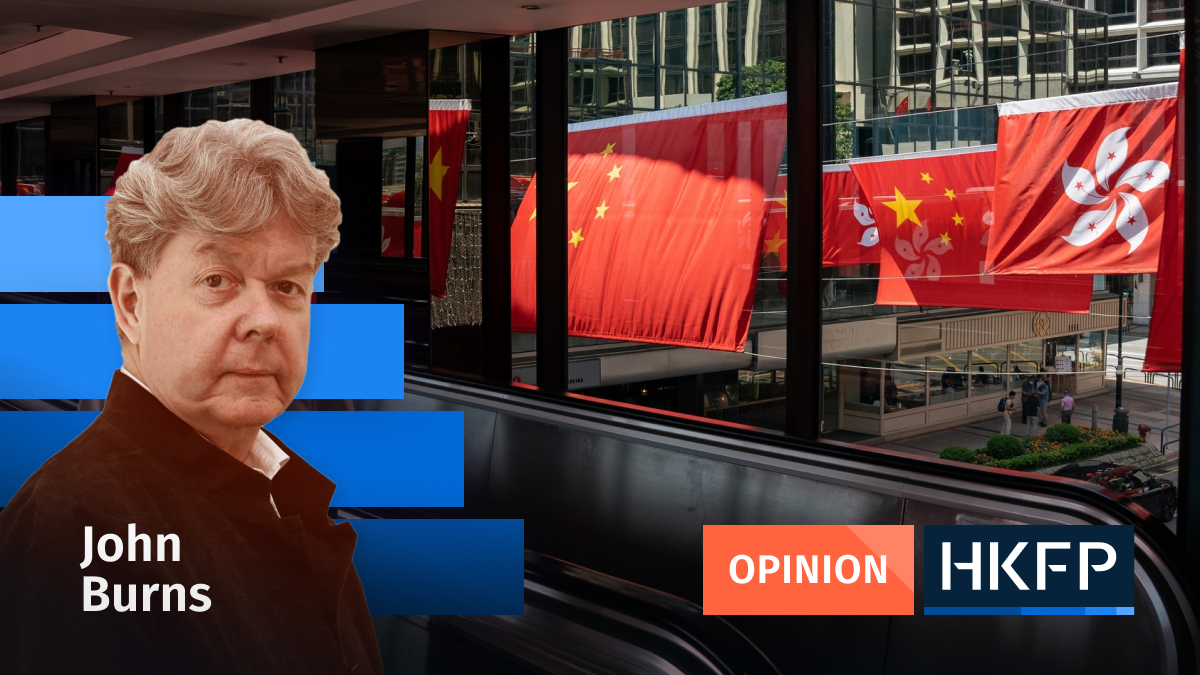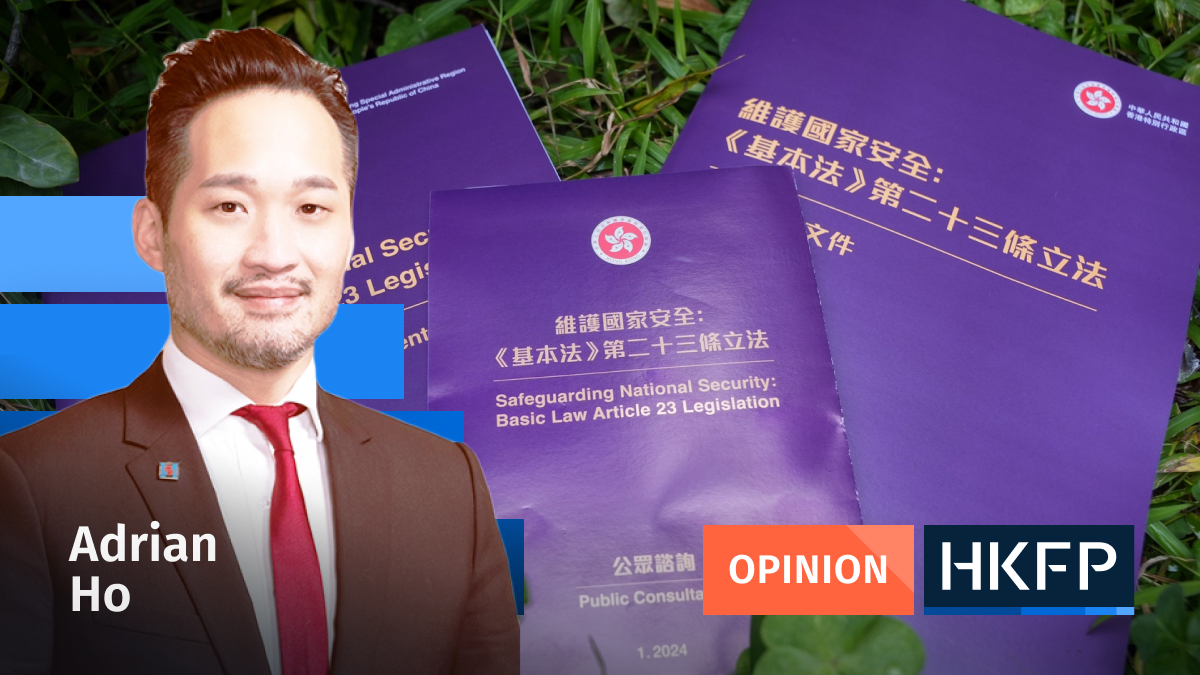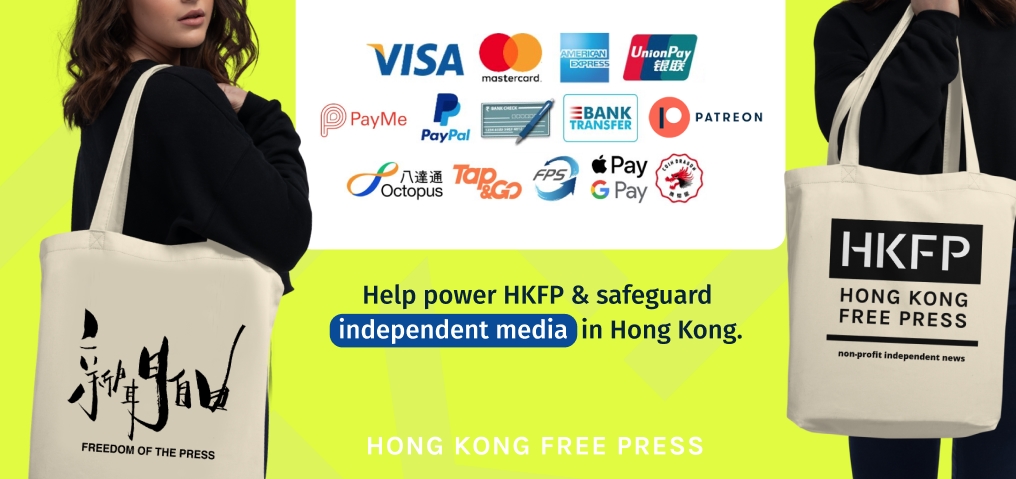Last October, the Hong Kong government announced a cobbled-together plan to reduce the city’s climate-changing levels of pollution and reach net-zero carbon emissions by 2050. As one prominent feature of that plan, it declared its intent to “regulate disposable plastic tableware in phases from 2025 onwards.”
While some might understandably see this as embarrassing evidence of the government’s derisory policies on climate change, it at least shows that officials are very slowly waking up to the scourge of plastic that blights the environment.
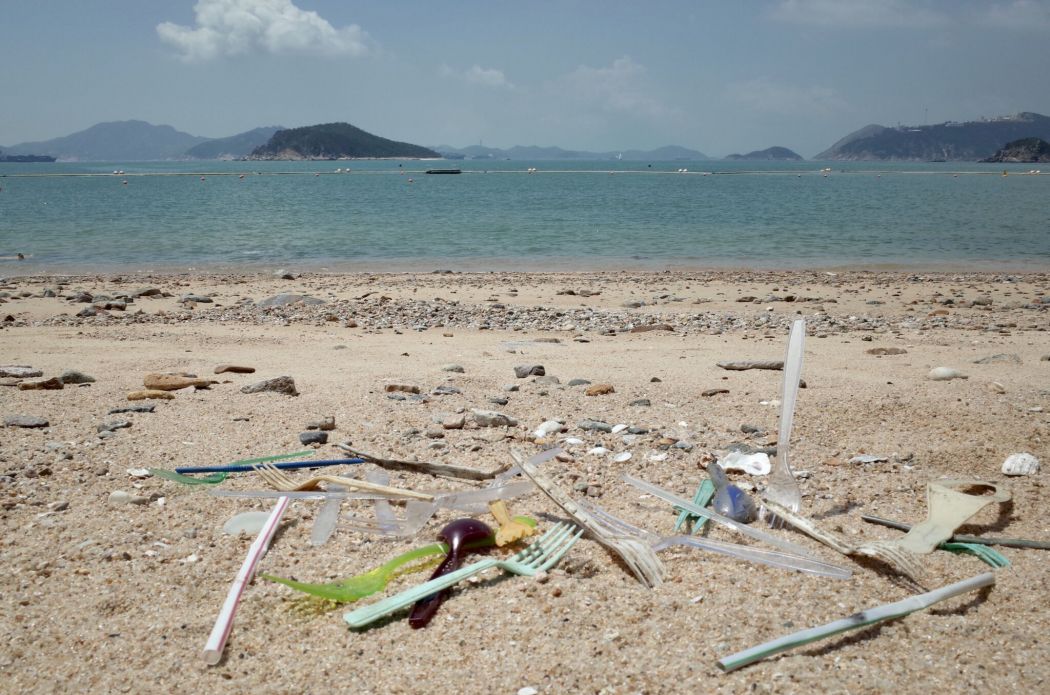
Perhaps Hong Kong officials were taking a lead from Beijing (as is their reflexive wont nowadays), where the government has declared war on plastic waste, most recently in 2020 when it called for the phaseout of single-use plastics.
It is hard not to applaud a war on plastic, especially now. Plastic waste in China, Hong Kong and the world has jumped during the Covid-19 pandemic as takeaway food in plastic containers has become the mainstay of restaurants and the only choice for many citizens subject to lockdowns.
Additionally, billions of people have adopted the practice of wearing disposable face masks, which in many places have joined plastic bottles and shopping bags as blights on the landscape and the oceans.
The growth in plastic seems to have no limits; between 1980 and 2015, global production increased more than eightfold. The resulting waste has reached every nook and cranny of the planet, including the deepest seabed, the remotest Arctic ice and the highest mountains.
It has gathered in enormous floating “garbage patches” at sea, insinuating itself into the soils from which our food is grown, and polluted the water that we drink. It is even in the air that we breath.

Microplastics are now omnipresent in aquatic food chains. Most people in China who eat fish are eating plastic that those fish have consumed. In one study, of the 21 species of sea fish and freshwater fish from Chinese waters examined, all were found to have ingested plastic.
Another study found microplastics to be pervasive in China’s freshwater ecosystems, including the fish there. In short, plastic is absolutely everywhere.
China’s role in the global plastic cataclysm cannot be understated. It consumes one-fifth of the world’s plastic, it is the largest exporter of plastic products, and until 2018 (when an import ban came into effect) it was the largest importer of plastic waste.
It is by a wide margin the world’s largest maker of virgin plastic, accounting for nearly one-third of the global total, and it produces more than three-quarters of the world’s polyphthalamide fibres, which are typically used to make polyester.

Of the 300 million tonnes of plastic produced annually, more than 14 million tonnes find their way into the oceans, explaining why plastic comprises four-fifths of the rubbish found there. China is by far the largest source of mismanaged plastic waste, contributing to it being the largest source of plastic in the oceans. By one estimate, 44 percent of the waste entering the oceans each year comes from China.
Anyone who has visited a remote Hong Kong beach in summertime (when prevailing winds push toward the coast) can attest to the heaps of plastic rubbish that are deposited there by the tide. (Most south-facing beaches in Hong Kong suffer this affliction, but it may be less evident to infrequent visitors of official beaches due to periodic clean-ups by government contractors.)
A cursory investigation – noting the simplified Chinese script on bottles, jugs, food sachets, bags, medicine containers, and so on – reveals a commonality in that rubbish: most of it hails from mainland China.
This seasonal migration of plastic from the mainland is but one tiny manifestation of the huge volumes of the stuff that finds its way into Chinese rivers before travelling to the sea and thence to seemingly every corner of the great oceans.
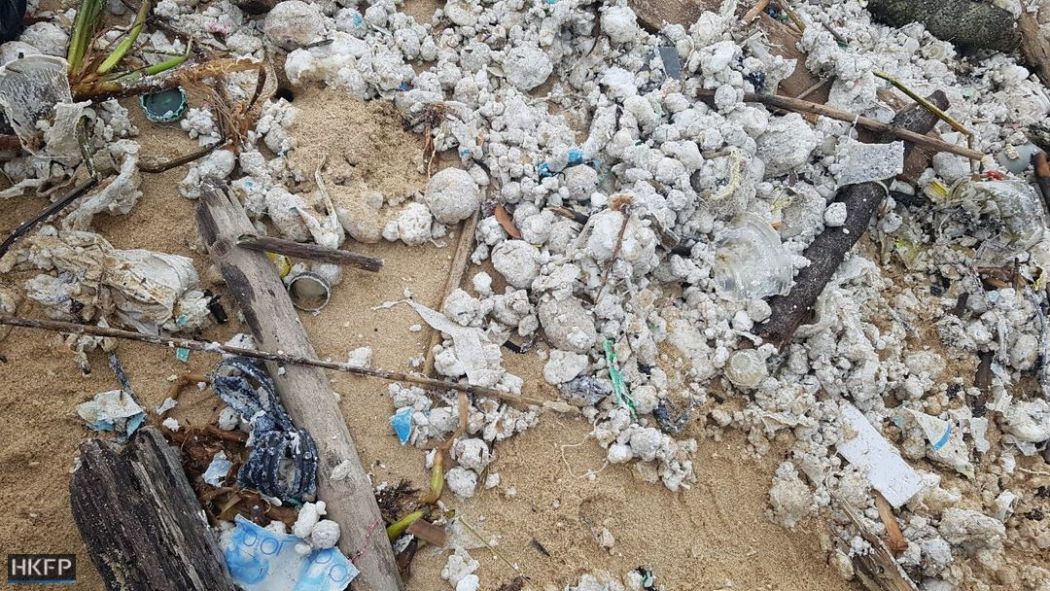
Of all the world’s rivers, the Yangtze is far and away the largest source of ocean plastic – by one account being a vector for more than half of all marine plastic pollution – disgorging hundreds of thousands of tonnes annuall. Several other rivers in China each launch tens of thousands of tonnes of plastic into the sea each year.
After decades of weak policies, such as an oft-ignored ban on free shopping bags, that failed to prevent growing plastic pollution of China’s land, soil, water and living environments, in 2020 the Chinese government promulgated a series of new laws and regulations to limit plastic waste.
It is too soon to know whether these policies will be able to keep up with growing use and disposal of products made from plastic. Prospects are rather poor.
Even while the government decreed that single-use plastics should be banned, their use was exploding as online food delivery services became popular and as the need for such services skyrocketed during the coronavirus pandemic.

To be sure, China has policies for sorting and recycling plastic waste from households. However, those policies are far from universally effective, not least because much of the country’s domestic waste comprises unrecyclable plastics, such as wrappers, bags, composite packaging and Styrofoam.
Only about 17 percent of the plastic used in China is recycled in some way.
The myriad projects and policies across China for reducing plastic waste face the same problem as efforts to reduce other forms of pollution in the country – they run up against the party-state’s higher priority of stoking economic growth.
Increasing affluence and consumption create such high demand that the volume of pollution remains persistently immense.
The severity of plastic waste in China was so visible in recent years that it garnered the attention of government censors. The documentary Plastic China, which depicts the squalor of China’s plastic recycling industry, quickly went viral online. Almost as quickly, it was banned.
The film seemed to strike a nerve among Chinese policymakers, to the point where it likely contributed to the government’s decision in 2017 to ban the importation of most plastic waste.
For 25 years up to 2017, nearly half the world’s exports of plastic for recycling went to China (aided in large part by Hong Kong’s central role as a shipping hub for the global waste trade). Consequently, the 2017 import ban – the so-called National Sword decree – created turmoil for the world’s recycling industry.
The ban was explicitly justified as a measure to protect “China’s environmental interests and people’s health.” The implications for the world’s environment or the health of people in other countries seems not to have been considered.
Much as with other environmental problems that afflict China, in addressing the plastic problem at home, China has effectively ignored its role in contributing to the problem abroad. Through its actions, China has greatly exacerbated the plastic scourge globally.

Insofar as the import ban may push developed countries to find ways to reduce and reuse their own plastic waste, it has the potential to reduce global plastic pollution. The ban has so far been correlated with a reduction in global exports, and, if this trend holds, may be an impetus for some modest improvements in the reuse, recycling and processing of plastic waste in other countries.
However, at least in the short term, the ban has had the real effect of creating massive surpluses of plastic waste, and thus massive falls in that material’s economic value. Consequently, much of the plastic waste that was once exported to China for reuse has been incinerated or buried in landfills, adding to the adverse environmental impacts.
Another adverse consequence of the import ban was for much of the waste once bound for China, especially low-quality and contaminated materials, to be imported instead by some of the poorest developing countries, mostly those with limited (or no) capacity to prevent the waste from befouling their local environments.
Many of the new plastic-processing factories that sprang up to replace factories in China are in African and Southeast Asian “pollution havens.”
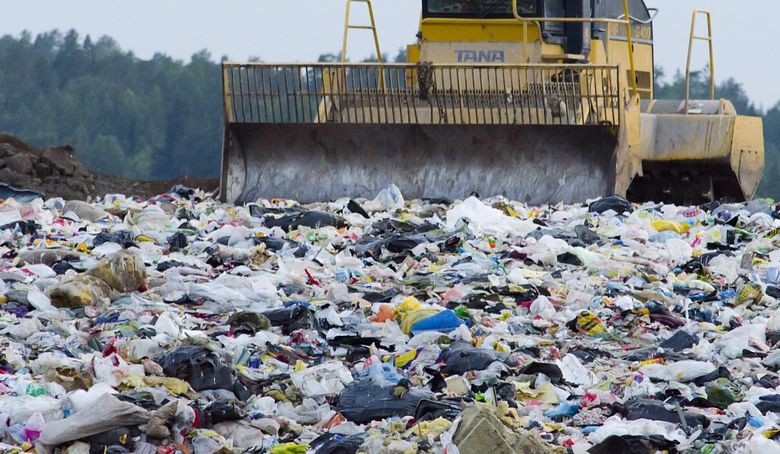
Those factories, many of which are owned or operated by Chinese corporations, quickly produced the same air, land and water pollution that rightly garnered condemnation in China. With the amount of plastic waste being displaced by China’s import ban expected to reach 110 million tonnes each year by 2030, the potential environmental consequences are calamitous for the poor countries where much of it will be processed.
As possible demonstration that Chinese officials cared relatively little about the import ban’s environmental impact, in 2018 they used it as a weapon during their trade war with the United States, increasing and decreasing enforcement at the border depending on the state of the two countries’ trade relations.
The import ban is no saviour for China. Only about one-tenth of China’s plastic waste was imported before the ban (with Hong Kong being the largest official source by far), meaning that the vast bulk of the problem, both in the form of waste fouling China itself and waste from China reaching the sea, depends upon what happens within China.
It might be tempting to blame exporters of plastic waste for pushing it into China, thus prompting the official ban. But such an interpretation would ignore the reality that that waste was imported by China to feed the demand of Chinese factories in need of plastic feedstock.
Paradoxically, the National Sword ban was made possible by the massive growth in plastic waste being generated within China itself, largely negating the need for imports.

While China has banned imports of plastic waste and started to reign in plastic pollution at home, it remains the leader in producing plastic that finds its way into the global environment. Its behaviour is akin to that of an illicit narcotics dealer who is also an addict. Having decided to curb its own addiction, it continues to profit from feeding the world’s addiction.
Rather than taking responsibility for the full lifecycle of the plastic it produces, China’s policy is to supply global consumers – and to profit from the world’s seemingly insatiable addiction to all things plastic.
Plastic has been in widespread use for only about 75 years. But today’s high-consuming, throwaway culture means that it is one of the most prominent features of the Anthropocene, the current geological epoch in which humanity has shaped the Earth. Later this month, the United Nations Environmental Assembly will likely launch the process of negotiating a legally binding international agreement to limit plastic pollution. That process may take years to complete. The global scourge of plastic looks set to continue for decades at least.
Centuries in the future, archaeologists will dig through our plastic waste looking for clues to how and why we devastated our planet. Much of that waste will carry a prideful label: “Made in China.”
Support HKFP | Policies & Ethics | Error/typo? | Contact Us | Newsletter | Transparency & Annual Report | Apps
| HKFP is an impartial platform & does not necessarily share the views of opinion writers or advertisers. HKFP presents a diversity of views & regularly invites figures across the political spectrum to write for us. Press freedom is guaranteed under the Basic Law, security law, Bill of Rights and Chinese constitution. Opinion pieces aim to point out errors or defects in the government, law or policies, or aim to suggest ideas or alterations via legal means without an intention of hatred, discontent or hostility against the authorities or other communities. |
Help safeguard press freedom & keep HKFP free for all readers by supporting our team

More HKFP OPINION:
HKFP has an impartial stance, transparent funding, and balanced coverage guided by an Ethics Code and Corrections Policy.
Support press freedom & help us surpass 1,000 monthly Patrons: 100% independent, governed by an ethics code & not-for-profit.





